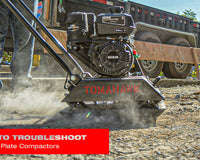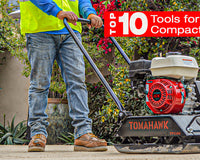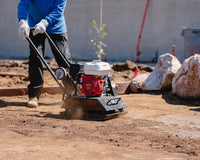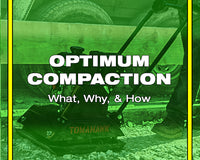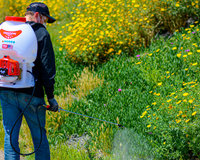The True Cost of Paver Materials and Installation
When planning a hardscaping project, it’s easy to underestimate the full budget. While paver prices often dominate attention, the actual paver patio materials cost is just one piece of the puzzle. The rest includes excavation, gravel, bedding sand, edge restraints, and finishing products—all of which add up fast.
As of 2025, expect to pay between $2 to $6 per square foot for materials like standard concrete pavers. Premium choices such as natural stone or interlocking decorative units can climb to $8 to $15 per square foot. Add to that crushed gravel, polymeric sand, geotextile fabric, and edging, and your materials alone may run $5 to $12 per square foot, depending on design and site conditions.
“Price is what you pay. Value is what you get.”
— Warren Buffett
Understanding each cost component allows you to invest where it matters—and skip what doesn’t.
Labor Cost to Install Pavers and What Affects It
The labor cost to install pavers is typically the largest expense for homeowners hiring professionals. In most U.S. regions, labor runs $10 to $20 per square foot, depending on layout complexity, elevation changes, soil conditions, and local rates.
Contractors charge more for curved edges, diagonal patterns, and patios that require extra site grading or retaining walls. A simple square or rectangle with uniform pavers is faster to install and can reduce time-based billing.
On average, a 300 sq ft patio may include:
-
Labor: $3,000–$6,000
-
Materials: $1,500–$3,600
-
Total installation: $4,500–$9,600
Planning your patio installation cost breakdown this way helps prioritize choices and avoid surprises as the project progresses.
The Equipment That Bridges Cost and Quality
Whether you’re hiring or going DIY, one factor that never changes is the need for proper base compaction. An unstable base leads to paver shifting, drainage issues, and future repairs. That’s why smart homeowners and pros alike use a tool like the Tomahawk JXPC50H Plate Compactor. It delivers 1,420 lbs of compaction force in an electric-powered unit that’s ideal for residential gravel and sand preparation—helping you protect your investment from the ground up.
“Success is the sum of small efforts—repeated day in and day out.”
— Robert Collier
And in patio work, that effort starts with compacting every layer the right way.
Knowing your numbers gives you control. By understanding paver patio materials cost, estimating the labor cost to install pavers, and reviewing a clear patio installation cost breakdown, you can build smarter—not just cheaper. With the right tools and prep, your patio isn’t just a backyard upgrade—it’s a lasting asset.

